I was afraid of everything!
 I had few boundaries! There were good reasons that I found myself in this place as a mother; sexual abuse, controlling adults, fear brought on by the cold war, and the upheaval of civil unrest, a belief that I shouldn’t have been born. Life and the future felt uncertain. I had no way to make sense of what was happening in my world and the larger world, no one to talk to about it, and it added to the fear I had held inside since I was a toddler.
I had few boundaries! There were good reasons that I found myself in this place as a mother; sexual abuse, controlling adults, fear brought on by the cold war, and the upheaval of civil unrest, a belief that I shouldn’t have been born. Life and the future felt uncertain. I had no way to make sense of what was happening in my world and the larger world, no one to talk to about it, and it added to the fear I had held inside since I was a toddler.
Although I was a good driver, I was too afraid to drive myself to college in Utah and home again to Colorado. I hired friends to drive. I worried about getting a ticket because I was afraid of getting in trouble. My experience had taught me that getting in trouble on any scale brought painful consequences.
Because of fear and boundary issues, it was challenging to advocate for my children in school and elsewhere. In addition, it was hard to discipline correctly. I believe this was one reason I raged. Anger helped mask the fear so that I could stand up for myself and my rules.
I had never felt like an adult. I couldn’t call any adult by their first name, even if I was older than they were. I had no confidence in myself, which was a tragedy of sorts because I was quite an extraordinary person.
That was a boatload of stuff to carry
into parenting.
How does a person parent when they are carrying so much baggage? Well, you do your best, and you run away a lot. I did that by becoming an excellent cake decorator, I taught community classes, I was president of the Band Parents and other groups, I served on boards, and I traveled the state teaching for the Girl Scouts. These activities masked my sense of worthlessness, but my emotionally running away wasn’t healthy for my family. As my children entered their teens, they were also wounded. We all suffered.
Recently, Don and I were having a conversation about my college years and the challenges of being so afraid and lacking any belief in my ability to make good choices. He said, “Well, you are more than over that now.” Truer words were never spoken.
How did I heal? How did I begin to understand boundaries and put them into my life? How did I stop raging? How did I cast off victimhood and begin to believe in myself?
I prayed a lot! I sought resources, and help came. I read books, lots of them, and attended classes. I looked for friends who were healthier than I, who had healed. I practiced what I learned. I was consistent in my efforts. I began speaking to and about myself with charity. I made a list of all those who had ever hurt me, and I forgave them, even my abuser. I asked them to forgive me for holding on to the pain for so long. I stopped being a victim in my mind. I began to believe that I was 100% in control of my responses. I’ll never forget the day that this truth finally sank into my heart. It made ALL the difference. The day I knew this was true, I had my power back.
While Reading Isaiah, the Light Came On
One day, early in my healing, I was studying Isaiah in the Christian Holy Bible. At the time, I was very new to the idea that I could heal, that I wasn’t a victim, that I had worth, that I was the mother of my children by design and not by accident, and as imperfect as I was, it would be enough. I read these verses – “And the Lord shall guide thee continually, and satisfy thy soul in drought, and make fat thy bones: and thou shalt be like a watered garden, and like a spring of water, whose waters fail not. And they that shall be of thee shall build the old waste places: thou shalt raise up the foundations of many generations; and thou shalt be called, The repairer of the breach, The restorer of paths to dwell in. Isaiah 58: 11-12
These words burned into my heart and soul – this was my mission in life – to heal myself and help others heal. I was a pathmaker. This knowledge was life-changing for me, and I stopped feeling bitter; I stopped feeling angry. I stopped being a victim, and I began my search for healing in earnest.
Some years later, when things got tough in our family, and I felt as if we would fly apart at the seams, I had a dream. I was flying over a beautiful valley. I was dressed in white, and my skirt was flowing in the breeze. My hair was blowing back, and I felt free and happy. Eventually, I noticed that boxes, bags, satchels, and trunks were falling to the earth from my body. Then I awoke.
I immediately knew the interpretation of this dream. I was being reminded that I was a pathmaker. I was healing myself with the help of Christ, and it would heal my family going forward and backward. I knew this with every fiber of my soul. It didn’t make the journey easier, but it kept me on the journey. I had my license plates changed to say Pathmaker.
Each day I recite these words – The Savior is healing me as I release old wounds and baggage. He softens my heart. As I heal, I am healing generations. I feel blessed to be helping free my family, myself, and others.
 A year ago, I met a relative I didn’t know existed. She is a painter, and I told her about my dream. She painted it for me, and it hangs on my office wall. Every day I repeat the above words out loud, and I look at my painting.
A year ago, I met a relative I didn’t know existed. She is a painter, and I told her about my dream. She painted it for me, and it hangs on my office wall. Every day I repeat the above words out loud, and I look at my painting.
I have made enormous progress. I am no longer afraid; I am brave; I can stand up for myself and others. I have boundaries, and I keep them. I know when to sacrifice and when to walk away. I know who I am and my value in the world. I trust myself to make good choices and to help others do the same.
We can change anything!
I am living proof of this.
Pray for guidance to healing. Let go of victimhood. Seek good resources, and they will come. Practice what you learn. Speak kindly to yourself, and about yourself. Forgive others. Believe that you are 100% in control of how you respond. There is no timeline for healing. It will take what it takes. For me, this healing and change took decades. Change didn’t come easily or quickly, but it came just the same.
I am now 71. Am I done? No. Healing and helping others is like an onion. There is always a new layer. Find joy in this journey. You can do it. You can be whole!
What about your family, those who suffer because you have baggage
Well, as I see in real-time, they will do the same. Your children will follow your example, and they will heal faster than you.
One day, one of my sweet daughters, who was also sexually abused, talked about the healing process she was going through. She was barely in her 30’s. I was in my 50’s and all my children were gone from home. I wailed, “How did you do it. Why did it take me so long? Why couldn’t I get better faster, so you were safer?” I felt such grief. Then she said, “Mom, I am healing faster because you were healing first. It has made my way easier.”
 So let go of your worry. Do the best you can. Trust yourself and God that you can be whole. Trust your children that they will also do the work we all have to do. Then keep changing and growing. Healing and growing are each of our ultimate missions.
So let go of your worry. Do the best you can. Trust yourself and God that you can be whole. Trust your children that they will also do the work we all have to do. Then keep changing and growing. Healing and growing are each of our ultimate missions.
Choose one thing to start with, just one.
•Pray for direction
•Seek useful resources, whether a person, a book, a class, etc. Then practice what you learn. Be consistent in your efforts.
•Practice speaking to and about yourself with charity.
•Forgive one person who has harmed you, and then ask them to forgive you for holding on to the hurt. (This process is not done in person with others. If this is the step you choose, reach out to me, and I will send you a free PDF giving you directions.)
•Accept 100% responsibility for your responses to whatever is happening. When you feel like a victim or lose control, and you will, forgive yourself and begin again.
It doesn’t matter which thing you begin with. Just choose one and begin. Then stay the course no matter how long it takes. When you feel more confident, not perfect but more confident, in that one thing, choose another. If I can heal, you can heal. If you can heal, your children and family can heal. Healing and growth are lifelong processes that we all have, no matter the extent of our wounds.
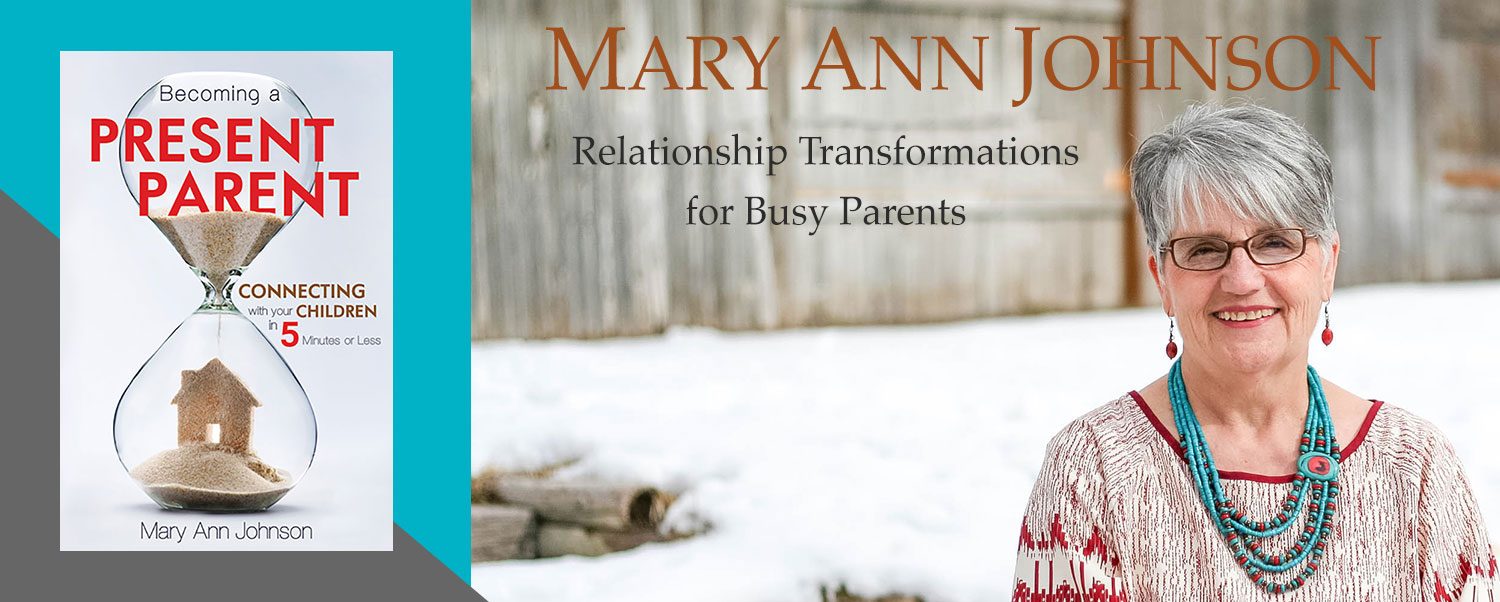


 This summer my grandchildren spent hours with their friends in the pool in our back yard. Sadly, the weather cooled and so the pool was drained for the winter. Due to the placement of the drains three inches of water remained in the pool. Time passed.
This summer my grandchildren spent hours with their friends in the pool in our back yard. Sadly, the weather cooled and so the pool was drained for the winter. Due to the placement of the drains three inches of water remained in the pool. Time passed. and throw it over the side. Each load of water in the shop vac was three buckets to dump. I know it doesn’t seem like much of an improvement, but it was. It felt easier even if it wasn’t faster.
and throw it over the side. Each load of water in the shop vac was three buckets to dump. I know it doesn’t seem like much of an improvement, but it was. It felt easier even if it wasn’t faster.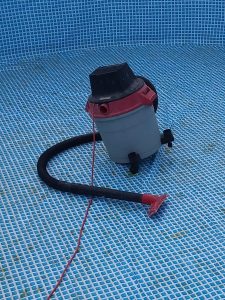 It was done and it looked fabulous. When I began the job, it was intimidating. After all, I’m 69, it was a lot of work and took a lot of time. I didn’t know if I could do it. But I was determined. I did what I could with what I had and as I went along my resources and support improved and I was able to finish the job.
It was done and it looked fabulous. When I began the job, it was intimidating. After all, I’m 69, it was a lot of work and took a lot of time. I didn’t know if I could do it. But I was determined. I did what I could with what I had and as I went along my resources and support improved and I was able to finish the job.
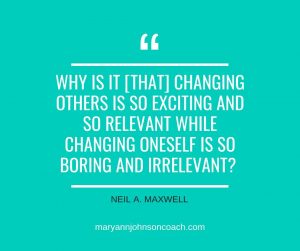 Change can be hard. One reason that change is so challenging is that we misunderstand what change actually looks like and we also misunderstand the time that is required for change.
Change can be hard. One reason that change is so challenging is that we misunderstand what change actually looks like and we also misunderstand the time that is required for change.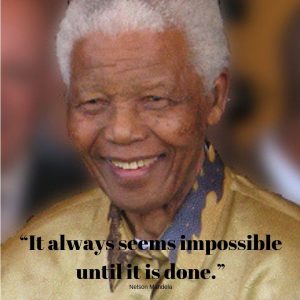



 God must have wanted to see how serious I was about the question because I prayed that same prayer every day for three months! Then one night I knew the answer – stop complaining!
God must have wanted to see how serious I was about the question because I prayed that same prayer every day for three months! Then one night I knew the answer – stop complaining! made a serious decision to become a more charitable person, less judgmental. That has been a work in progress too. Here is how they’re connected.
made a serious decision to become a more charitable person, less judgmental. That has been a work in progress too. Here is how they’re connected.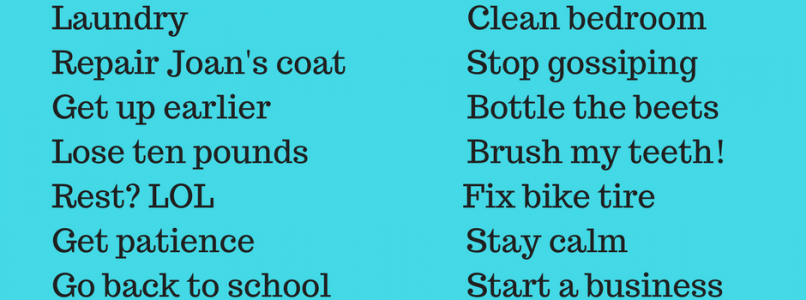
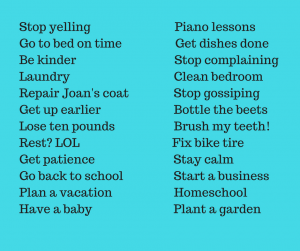 Choosing one ‘best’ thing to work on right now makes ALL the difference in how much success you will have in making changes in your life.
Choosing one ‘best’ thing to work on right now makes ALL the difference in how much success you will have in making changes in your life.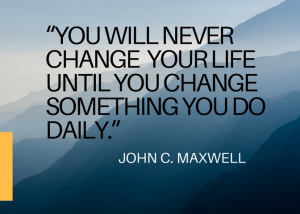

 100% Devil
100% Devil 1% Principle
1% Principle